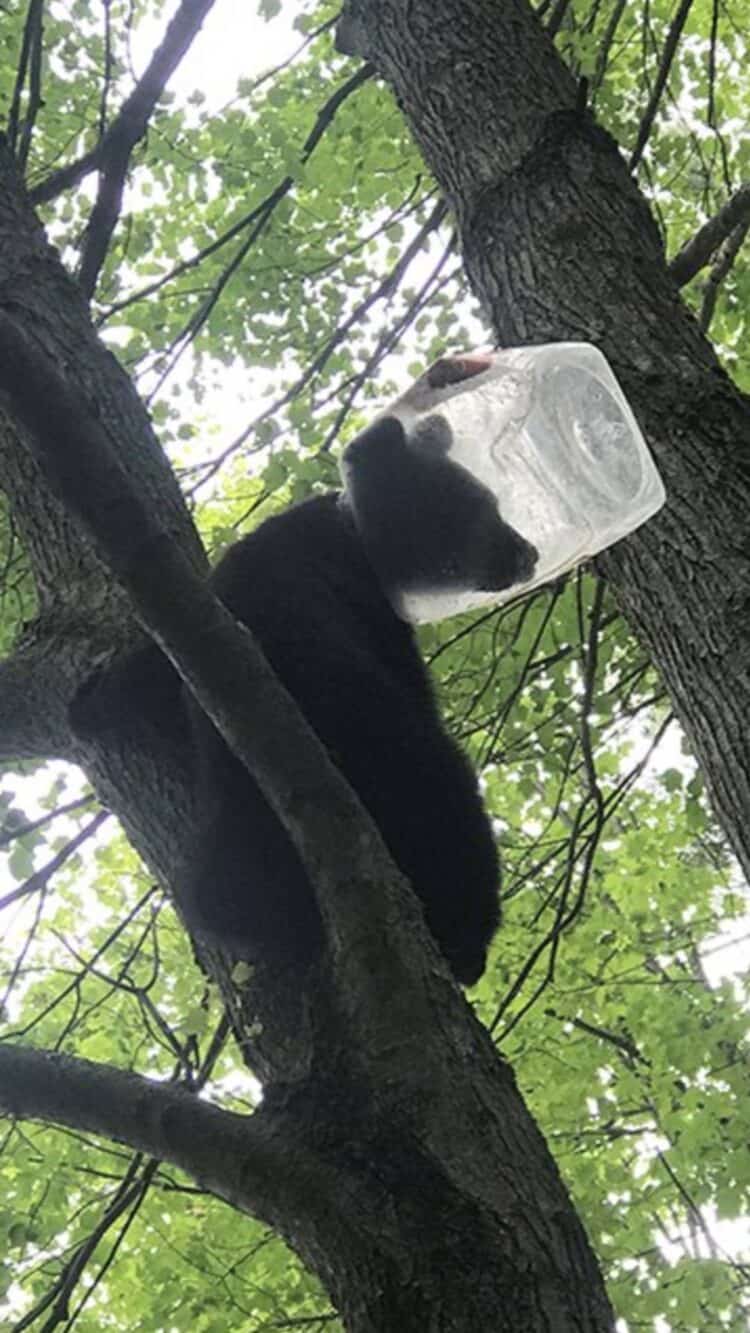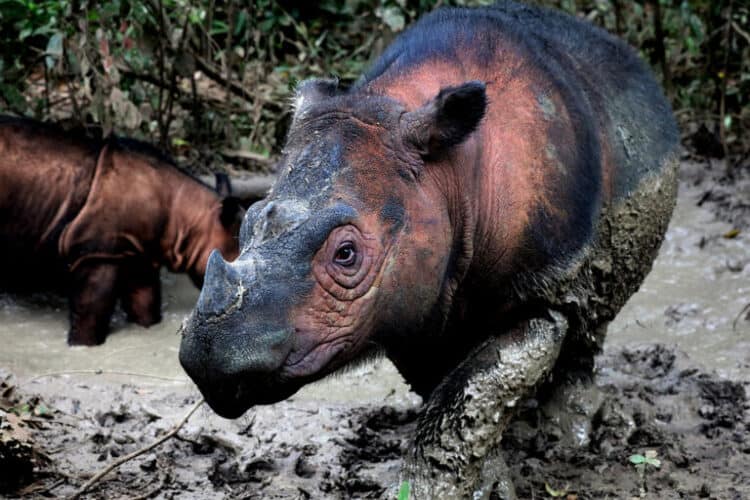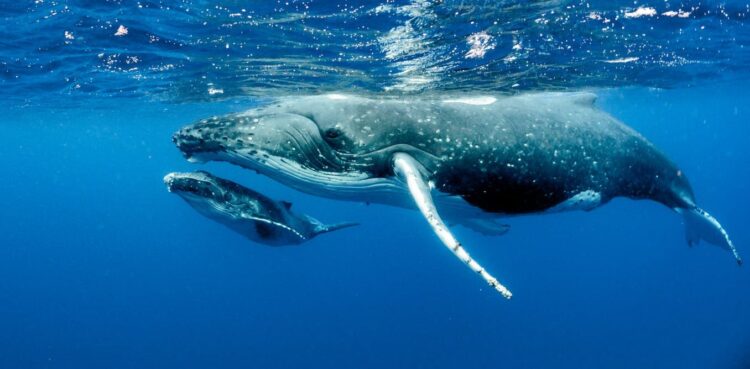Whilst visiting a local nature reserve in Norfolk we met another visitor who recommended a visit to Lackford Lakes. This is a reserve run by the Suffolk Wildlife Trust that has a good record of Kingfisher sightings. It is just across the border in Suffolk so not too far from our home. With the prospect of clear skies and sunshine, ideal for some good photo opportunities, we made an early start and drove over to Lackford. It is free to enter although they appreciate a donation. There is a visitors’ centre with a small cafe which is open 9 – 5 , although the actual park stays open until dusk.
More images and details about our visit at :-
A Day at Lackford Lakes

Kingfisher arrives at the pool in front of Bernard’s hide
Kingfishers
Taking the aptly named Kingfisher trail we soon reached the hide that has the reputation for the sightings. After a short wait we were provided with excellent photo opportunities of the first of two kingfishers. It was a female showing the orange lower mandible. She was feeding in the pool and resting on a couple of well positioned logs. Over the next 30 to 40 minutes she returned to the pool each time successfully catching and swallowing fish. It was amazing at how quickly she disposed of the catch. Chatting to some of the other birders and photographers it appears this particular Kingfisher seems to be a regular visitor. She was often accompanied by her mate at this time of the year.
This is definitively a place to see Kingfishers and worth visiting again. Next time we would take on the challenge of trying to capture these colourful birds in flight as they hover above the pool.

Female Kingfisher at Lackford Lakes

Kingfisher with its prey

Female Kingfisher preparing its meal

Kingfisher beating the fish to break the bones for easier swallowing

Juggling the fish in its beak she swallows the fish headfirst, to avoid getting its throat scraped by the scales

Going, Going, Gone !!
Alan De Witt
After spending a career that demanded much of my time and energy. I'm now retired and finally found some time to pursue an interest in wildlife and photography as well as putting together a website C & A's Wild Images.
I now live in Norfolk, an ideal location in the UK to see wildlife and over the years have also had the opportunity to visit and spend time using the camera in interesting and sometimes remote parts of the world. I first became interested in trying to capture wildlife images when I left university in the days of slide film. Initially I used two compact cameras with 20+ zooms but now have moved to a professional Canon SLR set-up.









Leave a Reply